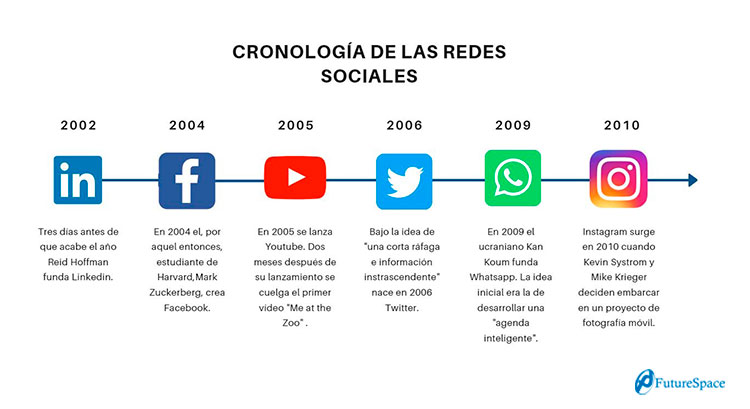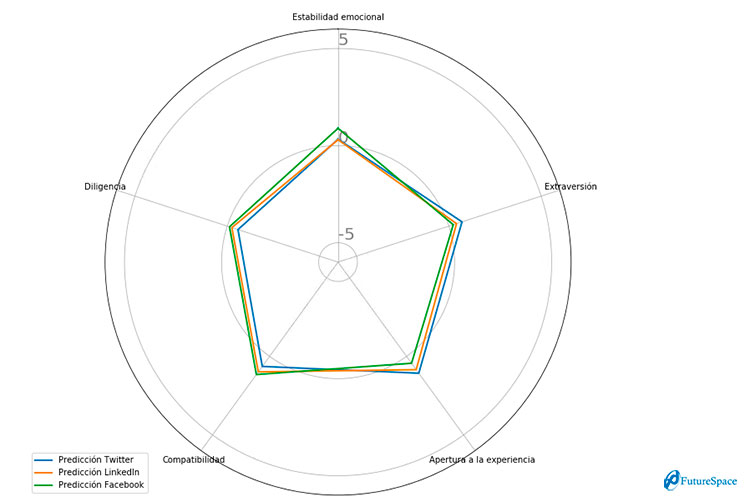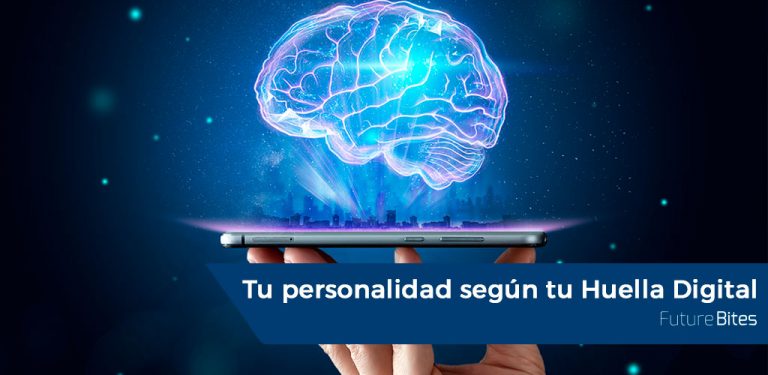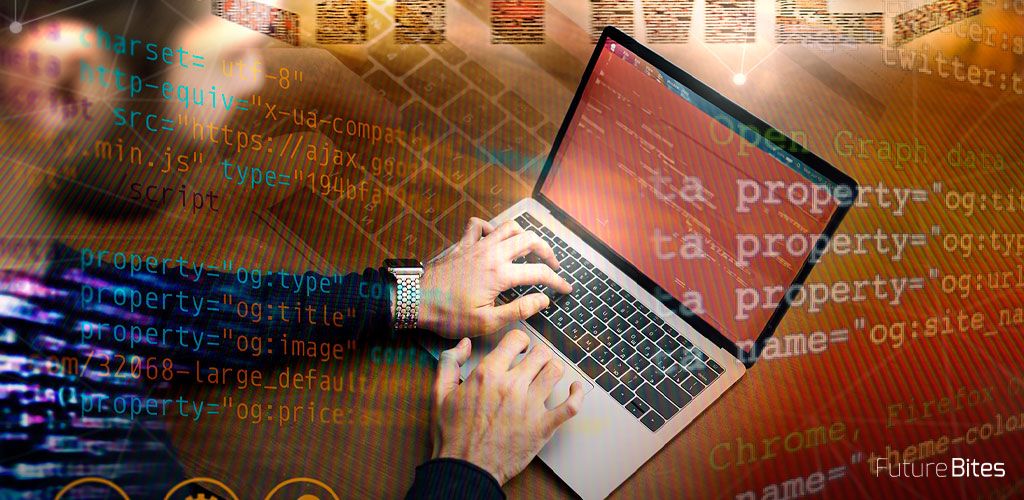The digital explosion
As we mentioned in the previous article Using OSINT to investigate the Digital Footprint, with the turn of the century the gradual arrival of social networks also began, which was linked to free Internet access.
From that moment on, a huge amount of data begins to be generated. We're all permanently connected, whether it's sending a message on Whatsapp, posting our latest photo on Facebook or reading the latest trending topic on Twitter. In doing so, each person leaves behind a trail that we know as a fingerprint.

In this article we will see how this data can be used to increase knowledge and applied to cases such as People Analytics. Specifically, we will see how to develop predictive models to determine a person's personality traits, using the Big Five personality model as a reference.
What do we call Fingerprint?
Fingerprint is defined as all the trace and records that we leave, both passively and actively, after our use in digital devices.
As you can imagine, the information your fingerprint can contain about a person can be immense. So much so that the person is not always able to manage all of it.
This is an advantage for an analyst because, although there is currently a trend to modify our digital footprint according to how we want the world to see us, it becomes difficult to control the full volume of information that can be obtained from us. We know that behavioral behaviors are recurrent in a person, and are rarely modified abruptly.
The technological advances in the field of Artificial Intelligence, as well as the convergence it undergoes with the social sciences, allow the development of an infinite number of methods for the extraction and analysis of these fingerprints.
What does the fingerprint say about our personality?
In the article Using OSINT to Investigate the Fingerprint, some of the uses that could be made in the study of an individual's fingerprint were shown. In turn, its use for sectors such as human resources (people analytics) was also discussed. However, could we go further? Could we, for example, through automatic learning, know the personality of an individual from his fingerprint?
In the field of psychology, the understanding, quantification and evaluation of the differences present in the behaviour and feelings of individuals has always been of special interest. That is why in recent years the Big Five theory has been widely accepted, which considers the existence of five fundamental dimensions in the human personality:
- Openness to experience.
- Diligence.
- Extraversion.
- Affability or compatibility.
- Neuroticism or emotional stability.
These five traits and their opposites are currently obtained through personality tests. But could we get similar results by studying the fingerprint? The answer in many cases is yes, paraphrasing Nikolai Lobachevski: "There is no branch of mathematics, however abstract, that cannot be applied one day to real-world phenomena.
Machine Learning and Big Five
In order to find a solution based on automatic learning, we will have to consider which variables would come into play to build a predictive model.
First of all, we can think about the type of activity the user performs. For example, if he is a consumer of information or if he is a broadcaster, how often he accesses his social networks, at what times, etc.
But, if we go a little further, we can pose variables such as, for example
- In how many photos does he appear smiling or appearing next to groups of people. It seems a priori obvious that an Instagram profile where all photos are of the smiling user or surrounded by groups of friends, could show that it is an outgoing person.
- Sport. It seems clear that the profile of a person who regularly publishes photos doing water sports, adventure trips, etc, will give more of a feeling of an energetic person. In contrast, another profile that presents the tone of the publications of popcorn and Netflix will give less sense of openness to the experience.
- Grammar and spelling. Variables such as the use of personal pronouns or number of first-person verbs used have a lot to say about a user's personality. Similarly, their misspellings or the type of words used are also influential.
Fields such as natural language processing and image recognition make it possible for us to have this type of information in a tabular form. This allows us to later build Machine Learning models with which to refine predictions.
Fingerprint-based personality prediction models
In Future Space we have been working for several years with the concept of fingerprint, developing tools to automate its extraction and analysis. Software engineers, intelligence analysts, psychologists and data analysts have collaborated together to create predictive models that exploit the fingerprint with quite remarkable results.
In particular, one of our latest achievements was the construction of the personality prediction model. In this model we move in an error of 0.37 on a scale of -5 to 5. It also has a high detection rate of anomalous profiles or outliers for any of the Big Five features. This is important, because where the value lies for any application of this model, is in the detection of outliers, not in a good detection of normality.
For its construction, we make use of automatic learning techniques that we will talk about in more detail in future publications, and among which we highlight:
- Neural networks or multilayer perceptions.
- Support vector machines.
- Boosting algorithms.

Big Five Predictive Personality Model Applications
At Future Space, we try to provide our customers with all the value that can be extracted from the data for any of the OSINT services and tools we offer. This type of model introduces a component of innovation in services that, until now, were technologically far removed from the current world in which we operate.
To highlight some of its applications:
- HR selection processes and People Analytics: search for the profile whose personality best fits the job. This helps to fine-tune selection processes to maximize efficiency and minimize failure or turnover rate.
- Marketing: knowledge of the client, Know Your Customer (KYC), to offer personalized services or products, or to perform a better segmentation of them.
It is important to emphasize that, at all times, the General Data Protection Regulations are complied with, having the express authorization of those involved to carry out the consultation and automatic processing of their data included in the fingerprint for the purpose that corresponds in each case.
Conclusion: with great power comes great responsibility.
Perhaps A.I. has not reached the point where killer robots destroy humanity, but there is no doubt that we live in the age of the algorithm. This means that many of the decisions we make are influenced by these same Therefore, we must be extremely careful not to turn them into weapons of mathematical destruction.
At Future Space we are truly aware of and committed to avoiding opacity in our models, as well as complying with all regulations, thus making them a tool that promotes equity and objectivity in the results.












